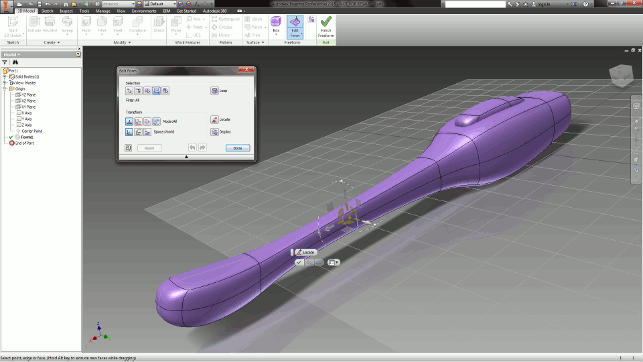


This reinforces the learn by doing philosophy since a student can see exactly what the program shows, and then step through progressive commands to implement the required operations. The Drawing Activities at the end of each chapter are more complex iterations of the part developed by each chapter s objectives.ĬAD programs are highly visual, there are graphical illustrations showing how to use the program. This book uses the philosophy that Inventor is mastered best by concentrating on applying the program to create different types of solid models, starting simply and then using the power of the program to progressively create more complex solid models. The presentation of Autodesk Inventor is structured so that no previous knowledge of any CAD program is required. In fact, this is one thing that differentiates this book from others: the emphasis on being able to use the book for self-study. The instructional format of this book centers on making sure that students learn by doing and that students can learn from this book on their own.

The driving force behind this book is learning by doing. Students also seem to learn more quickly and retain information and skills better if they are actually creating something with the software program. The philosophy behind this book is that learning computer aided design programs is best accomplished by emphasizing the application of the tools.

It s perfect for anyone interested in learning Autodesk Inventor quickly and effectively using a learning by doing approach. Unlike other books of its kind, it begins at a very basic level and ends at a very advanced level. It can be used in virtually any setting from four year engineering schools to on-the-job use or self-study. This unique text presents a thorough introduction to Autodesk Inventor for anyone with little or no prior experience with CAD software.


 0 kommentar(er)
0 kommentar(er)
